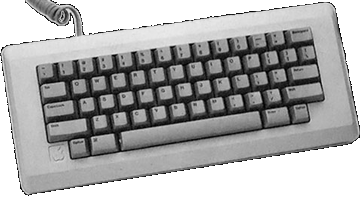Mac mini (Early 2009)

Essentials
Family: Mac mini
Codename: ?
Gestalt ID: 406
Minimum OS: 10.5.6
Maximum OS: 10.10.4
Introduced: March 2009
Terminated: October 2009
Processor
CPU: Intel Mobile Core 2 Duo (P7xxx/P8xxx)
CPU Speed: 2.0 GHz
CPU Cores: 2
FPU: integrated
Bus Speed: 1066 MHz
Register Width: 64-bit
Data Bus Width: 64-bit
Address Bus Width: 64-bit
Level 1 Cache: 32 kB data, 32 kB instruction
Level 2 Cache: 3 MB on-processor
ROM: EFI
RAM Type: PC3-8500 DDR3 SDRAM
Minimum RAM Speed: 1066 MHz
Onboard RAM: 0 MB
RAM slots: 2
Maximum RAM: 4 GB
Video
GPU: NVIDIA GeForce 9400M
VRAM: 128/256 MB shared (see notes)
Max Resolution: 24 bit, 1920x1200 (VGA), 2560x1600 (dual-link DVI)
Video Out: mini-DVI, Mini DisplayPort
Storage
Hard Drive: 120/320 GB (2.5", 5400 RPM)
ATA Bus: Serial ATA
Optical Drive: 24x/24x/16x/8x/8x/6x/4x CD-RW/DVD±RW/DVD±R DL
Input/Output
USB: 5 (2.0)
Firewire800: 1
Audio Out: stereo 24 bit mini, Optical S/PDIF
Audio In: stereo 24 bit mini, Optical S/PDIF
Speaker: mono
Networking
Modem: optional USB 56kbps
Ethernet: 10/100/1000Base-T
Wi-Fi: 802.11a/b/g/n
Bluetooth: 2.1+EDR
Miscellaneous
Power: 110 Watts
Dimensions: 2" H x 6.5" W x 6.5" D
Weight: 2.9 lbs.

Notes
The Mac mini's graphics chipset used a portion of main memory as VRAM. Though reported as a 128 or 256 MB graphics system, the chipset actually used up to 144 or 272 MB of RAM, respectively.
Introduced in March of 2009, the Mac mini (Early 2009) replaced the Mac mini (Mid 2007) which, after 19 months, was overdue for a refresh. In fact, prior to the release of the Mac mini (Early 2009), many had assumed that the Mac mini was no longer a platform Apple was interested in continuing to sell.
Though the processor speed remained unchanged, the Mac mini (Early 2009) received the same architectural improvements that had been deliberately rolled out to other Macs over the course of the previous few months: faster data and memory buses, a better graphics chipset, and a Mini DisplayPort. Unlike all other models to date that included an on-board Mini DisplayPort, the Mac mini also included a mini-DVI port, making it the first Mac mini to support dual monitors.
The Mac mini (Early 2009) kept in place the price structure introduced with the Mac mini (Early 2006): The $599 model included 1 GB of RAM, a 120 MB hard drive, and 128 MB of VRAM, while the $799 model included 2 GB of RAM, a 320 GB hard drive, and 256 MB of VRAM. All configurations were replaced in October 2009 by the Mac mini (Late 2009)
Picture Credits:
Apple, Inc.
